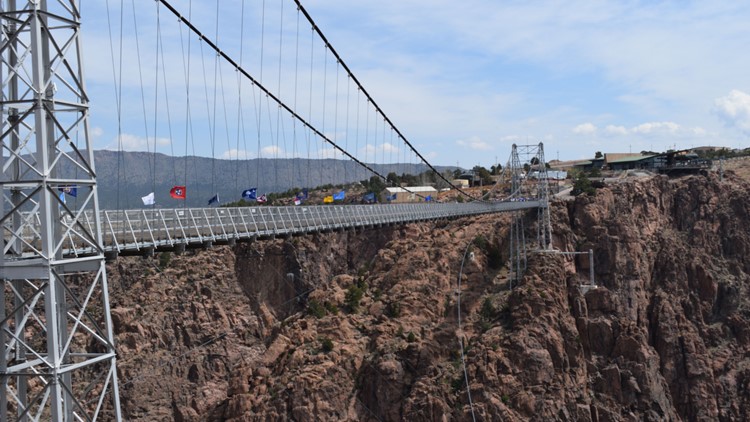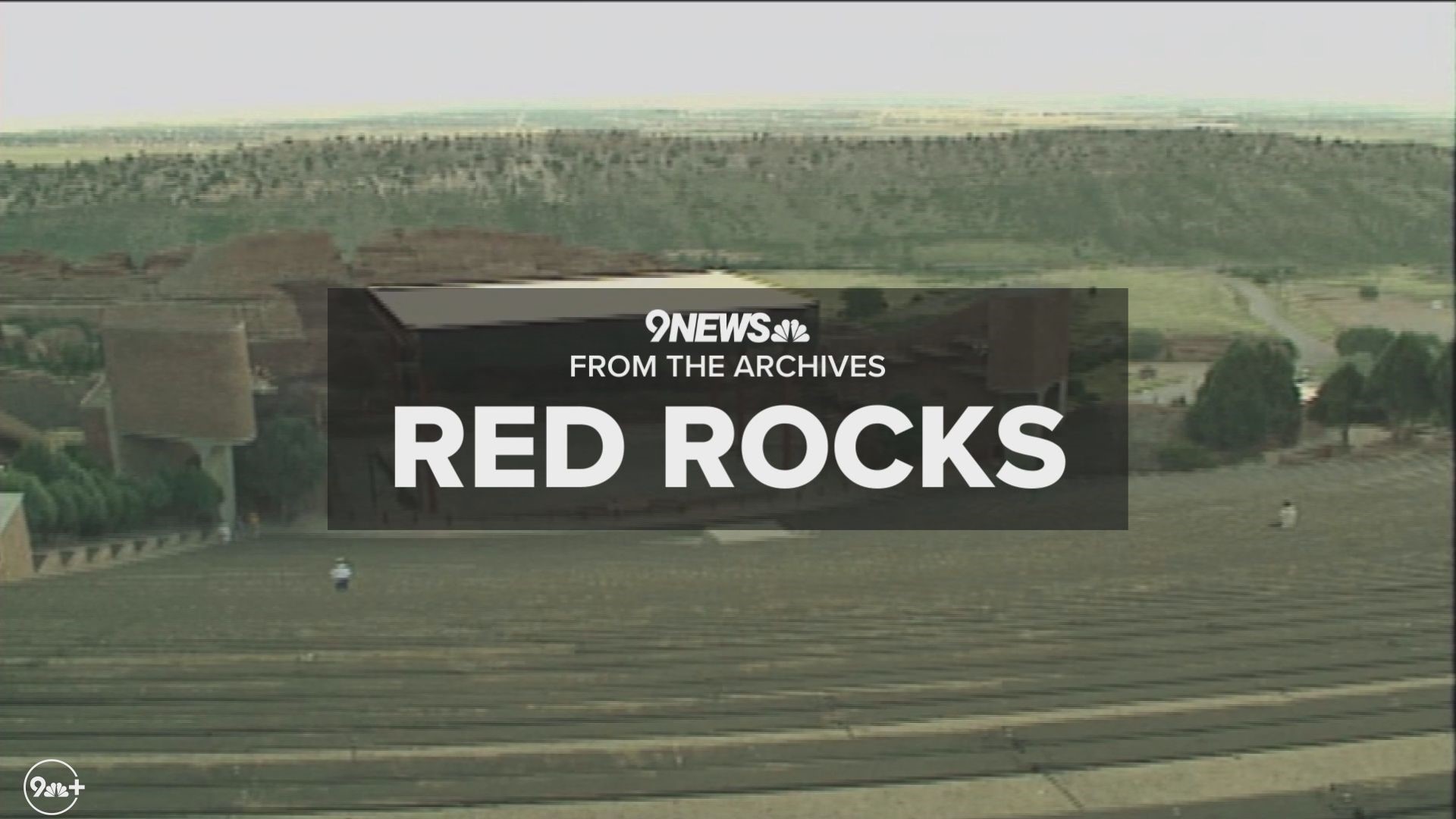About two and a half hours south of Denver is a small town with access to a historic railroad, numerous hiking trails, whitewater rafting, a scenic roadway and one of the most unique natural sights in the state.
A historic city from Colorado’s mining boom, and the third oldest in the state, Cañon City has maintained a distinct small-town feel.
The 12.5-square mile city was home to about 15,430 people, as of the 2000 census.
You can follow along on our photo tours, each Friday on Instagram.
Because of its location in Arkansas River Valley, the city has an average winter temperature that is ten degrees warmer than other nearby towns. That, along with its reasonable housing prices (the median cost for a home is $162,500 according to Trulia.com), makes it a popular place to move after retirement.
But the town is probably best known for the breathtaking site just to its west: The Royal Gorge.

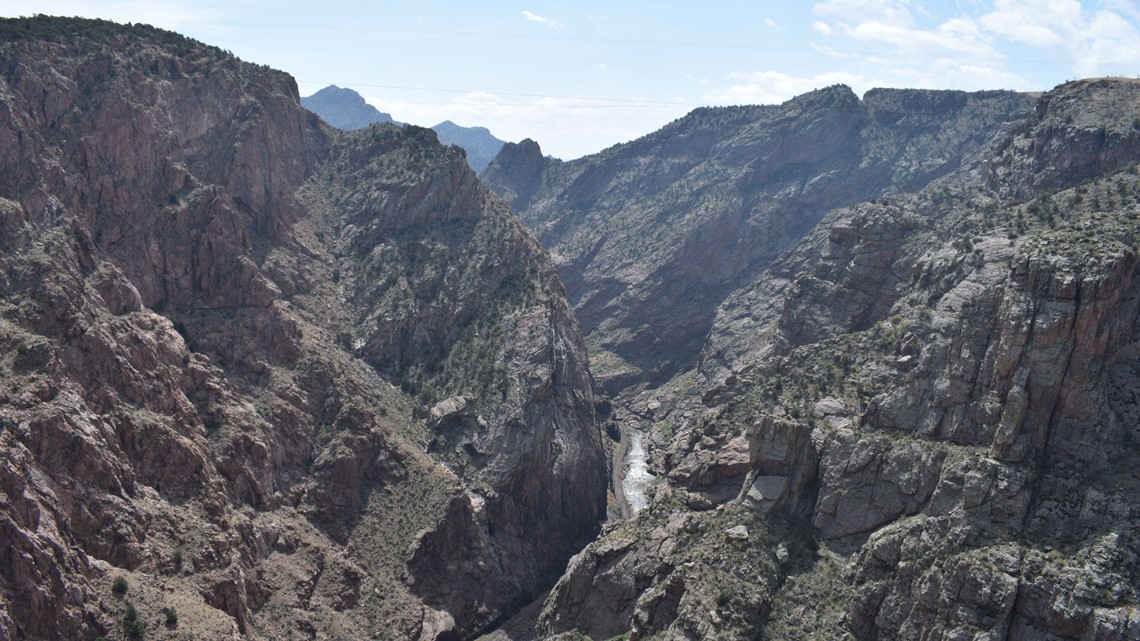
The first recorded exploration of the gorge was by Zebulon Pike in 1806. But it was a fight over the rights to build through it that first thrust the canyon into the spotlight.
The railroad war
In the 1870s, Colorado’s upper Arkansas Valley was suddenly booming.
Silver and lead had been found and miners were descending on the area in droves hoping to be the next one to strike it rich.
But the successful mining camps didn’t just catch the attention of hopeful prospectors. Railroad companies also saw the lucrative potential of expanding into the new towns springing up around mining camps.
One of these was Leadville, an incredibly successful mining town that attracted both the Denver & Rio Grande and the Santa Fe railroads.
Both companies already had lines in the Arkansas Valley, but to get to Leadville they would have to build new tracks through the incredibly steep and narrow Royal Gorge. The problem: there was only room for one railroad track.

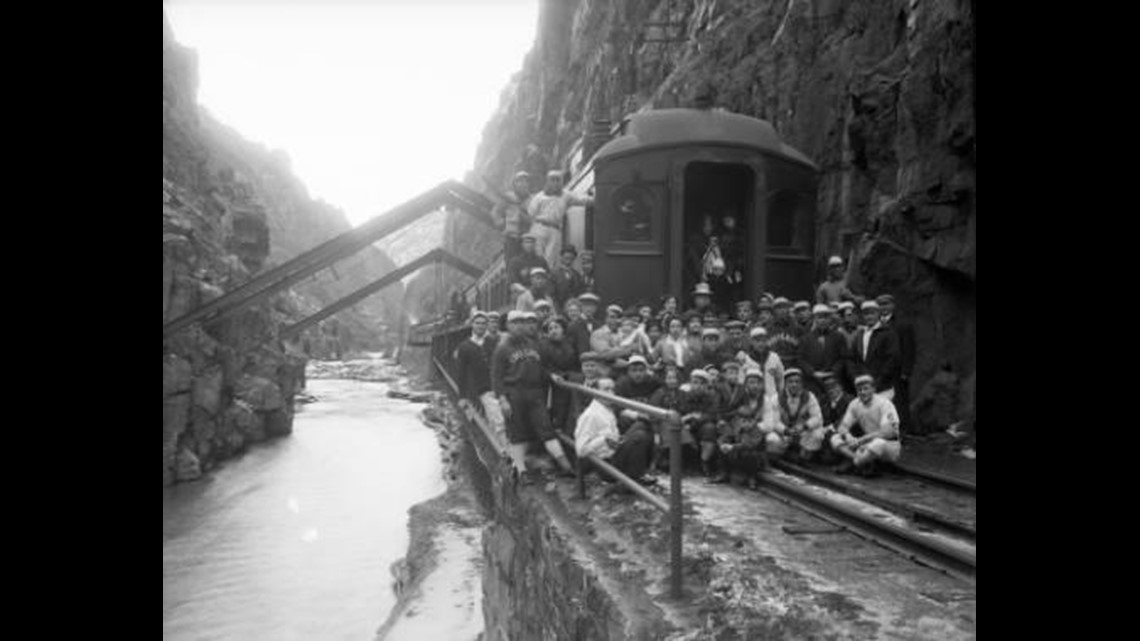
The Santa Fe arrived at the mouth of the gorge first on April 19, 1878 and began grading for a railroad. The D&RG raced a crew to the same area but they were blocked by the Santa Fe graders who were already there. The battle for control had begun.
Over the next two years, the companies battled for the right-of-way through the gorge. Crews from the D&RG built stone forts upstream of the Santa Fe crew in an attempt to block their progress. Both sides hired armed guards and crews would carry rifles and pistols to protect themselves from sabotage from the other side.
After a simultaneous extended legal battle, the U.S. Supreme Court granted the D&RG the primary rights to build through the gorge.
But the Santa Fe did not give up. They were the bigger and richer company and were able to pressure the D&RG to lease the railroad to the Santa Fe by threatening competition that would ruin the new line.
During the time of the lease, the Santa Fe built most of the line through the gorge.
One of the most significant engineering feats of the process was the construction of the hanging bridge in 1879. It was built in a section of the gorge that is only 30 feet wide with sheer cliff faces on either side, meaning the railroad needed to be suspended over the river. The suspension system put in place 139 years ago is still holding up today (though it has been strengthened over time).

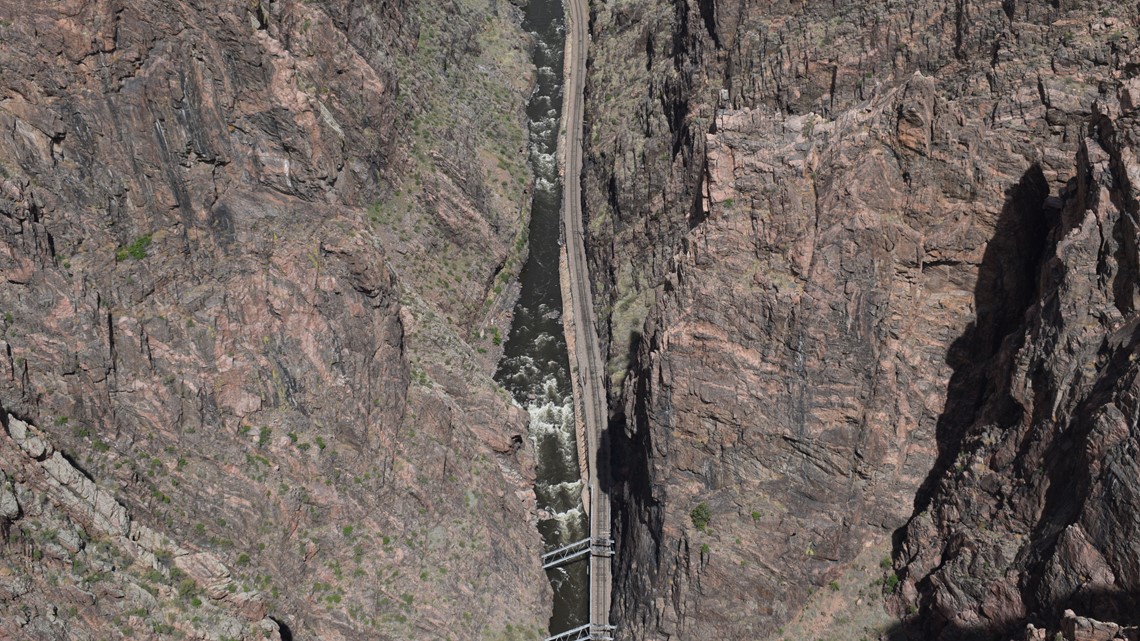
After seeing profits shrink due to the leased railroad, the D&RG decided to go to court to break their lease with the Santa Fe.
An injunction was issued in their favor, but a D&RG crew mounted an armed retaking of the railroad on June 10, 1879.
About a year later, the railroad war finally ended with the ‘Treaty of Boston’ which officially gave the D&RG back their railroad in exchange for payment for the work the Santa Fe had done on the line through the gorge.
The railroad line is still used today by the Royal Gorge Route railroad, which runs from the Santa Fe Depot in Cañon City through the gorge and back year-round.

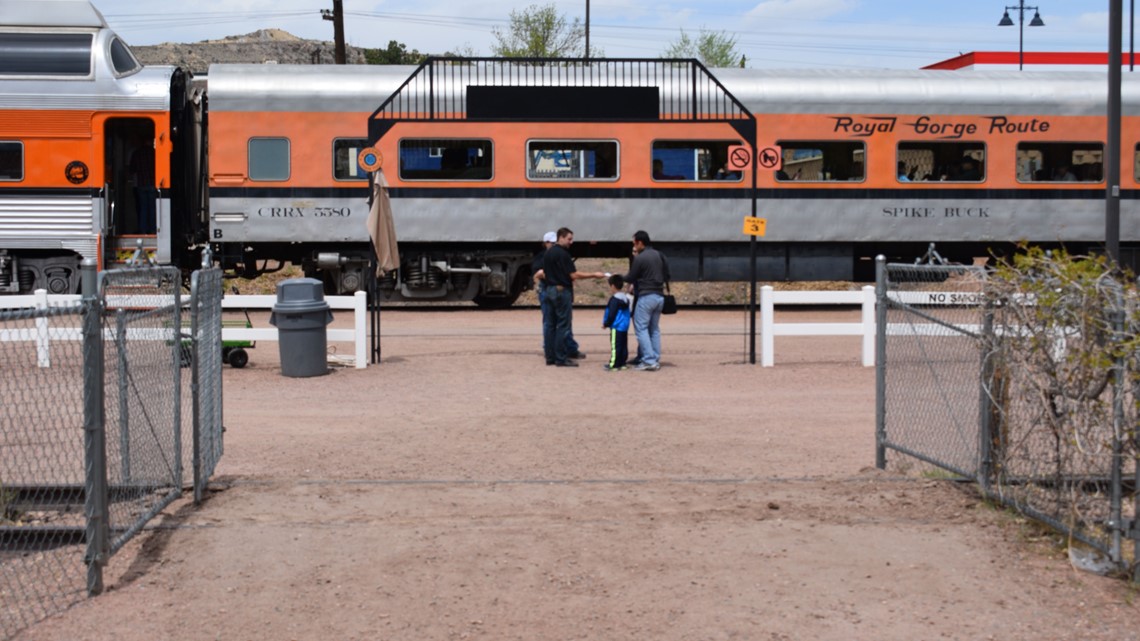
History of the city
Cañon City was originally platted on January 17, 1858 during the Pikes Peak Gold Rush. However, that original layout never came to fruition, and the land remained empty for two more years.
The first building was erected in February 1860 after a new company took over the town site. Their plan was to build a commercial hub for miners working in the nearby claims in South Park along the upper Arkansas River.
Growth was slow for a while.
In 1871, the original Colorado State Penitentiary was built in Cañon City.

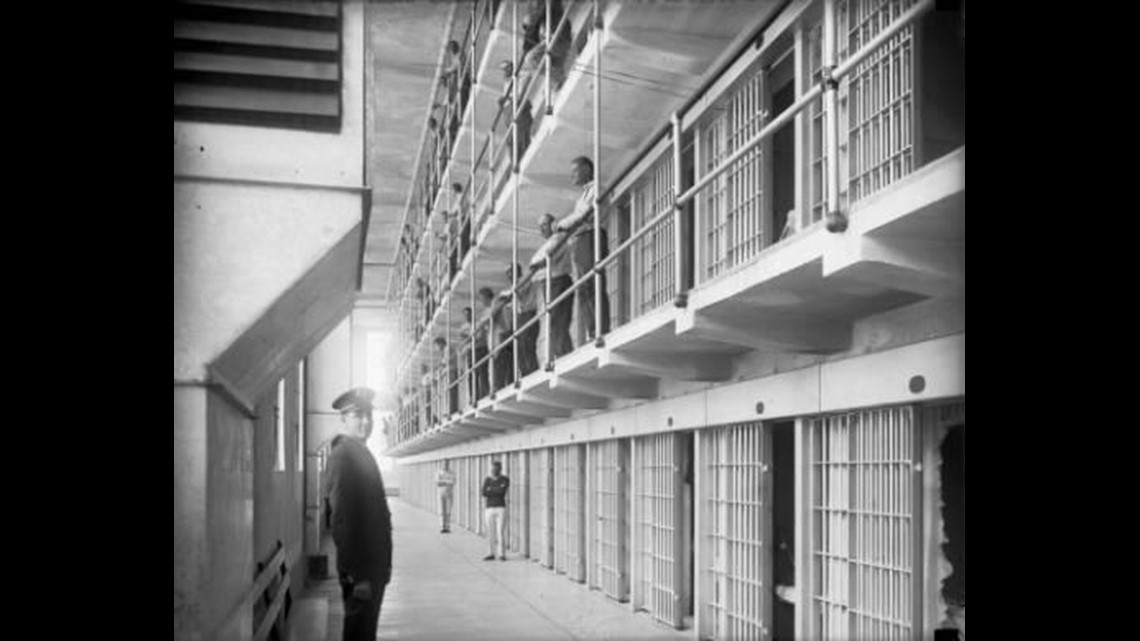
Then, by 1899, many of the mountain towns near booming mining camps like Leadville and Cripple Creek were packed, and the gold and silver barons were looking for somewhere new to spend their fortune.
Cañon City quickly became that place.
Located in the Arkansas River Valley, the town quickly gained a reputation as an ideal place to live. The land was prosperous, and the weather was moderate compared to many of the other towns in Colorado.
The city was also served by three different railroads, making it a natural commercial center.
Most of the buildings in downtown were built between 1899 and 1910.
Today, that stretch is the Cañon City Downtown Historic District, listed on the National Register of Historic Places in 1983.

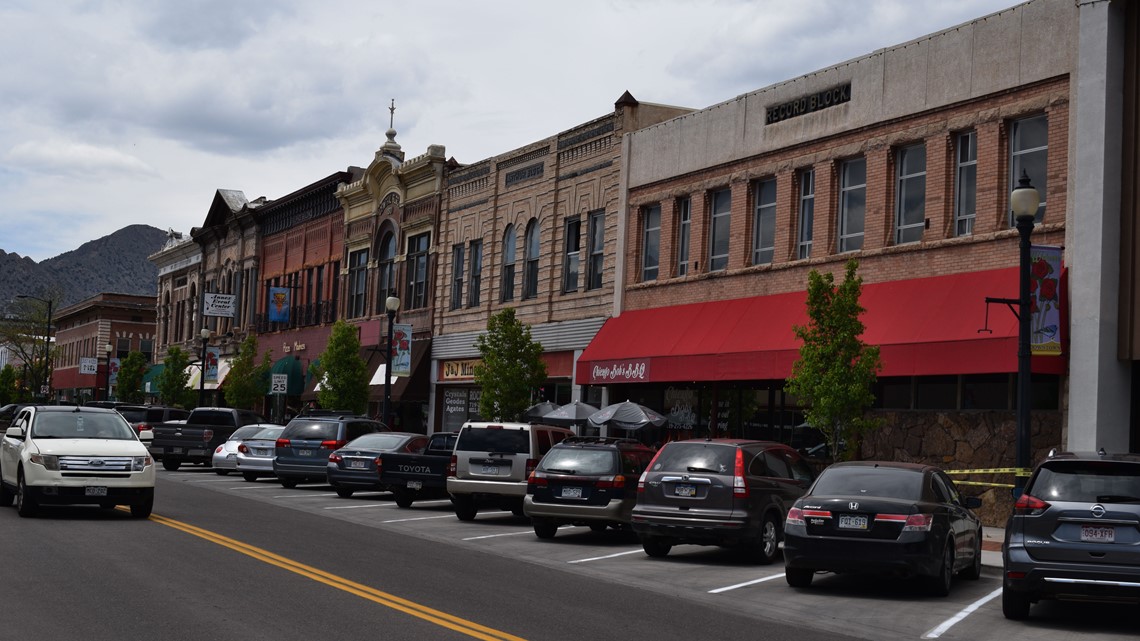
A historic tour of the town can be downloaded on the city’s website and takes visitors on about a two-hour self-guided walking tour of some of the most notable historic buildings.
The 1871 prison is also still active within Cañon City; however it became the medium-security Colorado Territorial Correctional Facility when a new Colorado State Penitentiary opened east of town in the 1990s.
The Royal Gorge
The Royal Gorge is stunning 10-mile-long canyon, carved into the red granite cliffs just west of Cañon City. The gorge is more than 1,000 feet deep and only about 40 to 50 feet wide.
Work to turn the impressive site into a tourist destination began in June 1929 with the construction of the Royal Gorge suspension bridge.

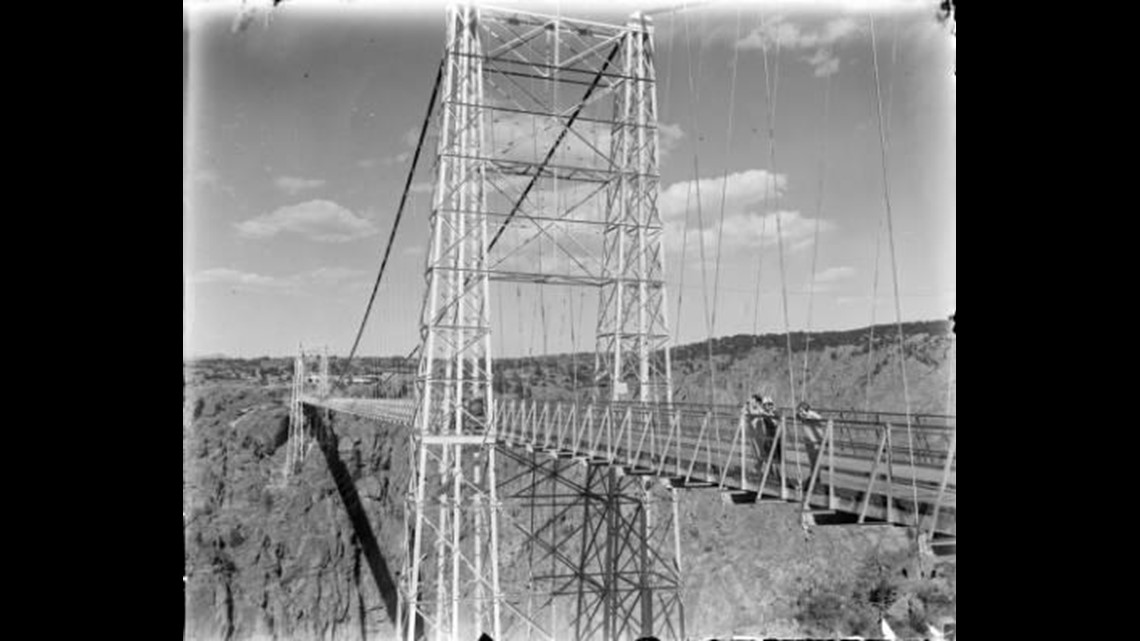
The bridge was built in seven months at a cost of $350,000 – a price tag that was $100,000 over budget.
It was constructed using 1,292 wooden planks and 2,100 wires which were wound around steel pipe and then set into solid granite to support the structure. When it was finished, the 18-foot wide bridge spanned a total length of 1,260 feet.

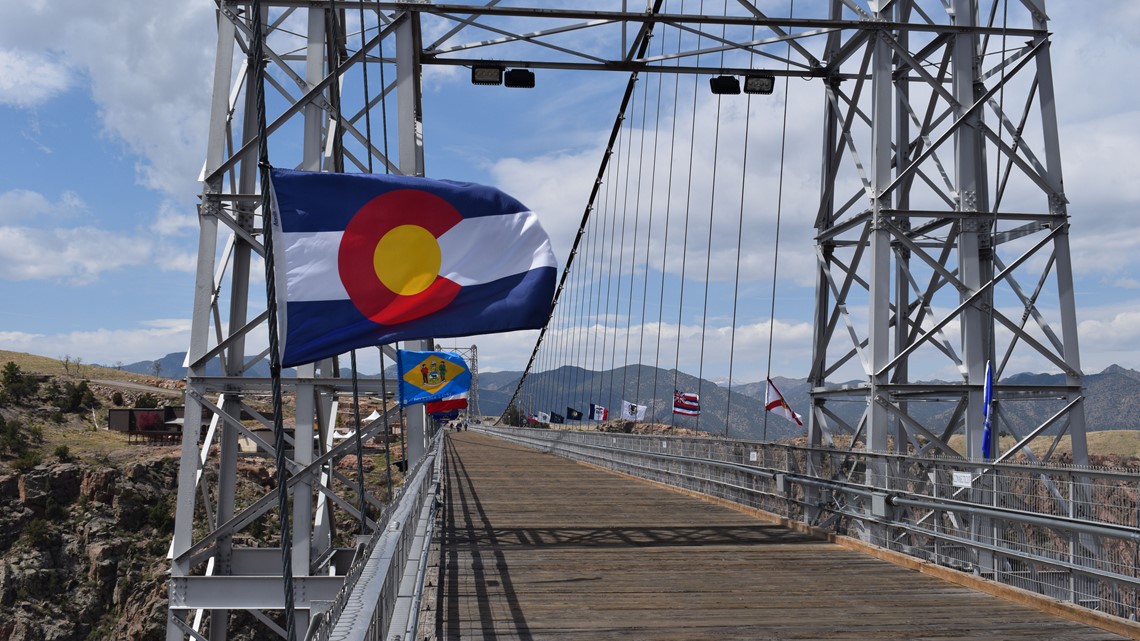
From when it was completed until 2001, it was also the world’s highest suspension bridge. The first visitors paid 75 cents to cross the bridge.
The park’s extremely popular incline railway was added in 1931, and an aerial tram opened in 1969.
Then, in 2013, devastation hit the Royal Gorge Park.
From June 11 to 16, a wildfire roared through the park, burning more than 3,200 acres before it was contained on the sixth day. It destroyed 48 of the 52 structures in the park. Fortunately, no one was injured.

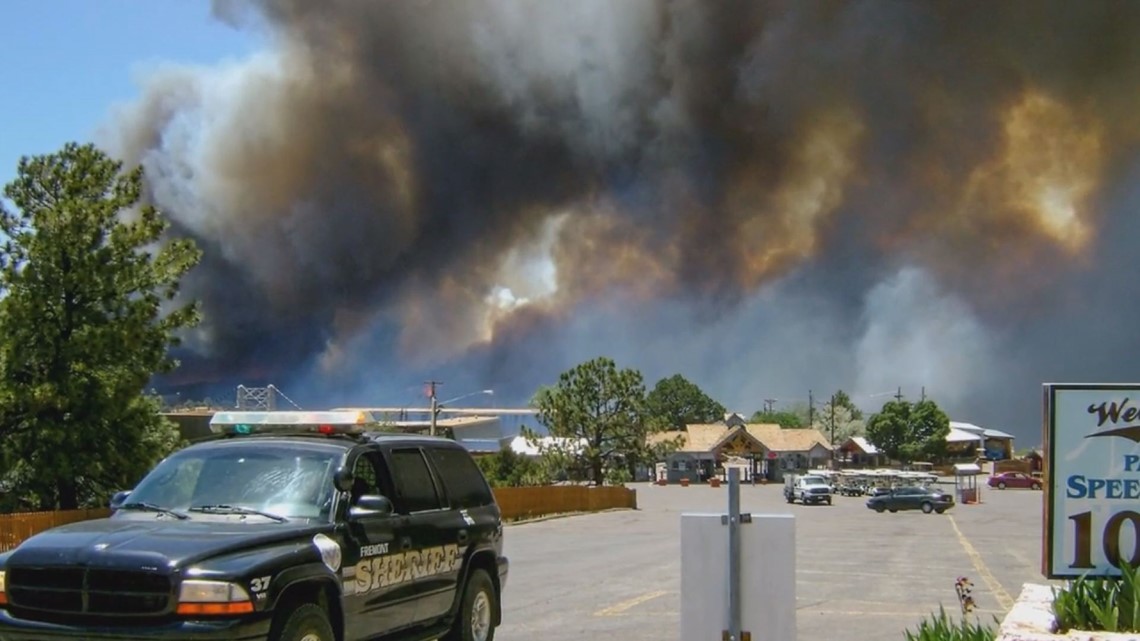
Incredibly, the bridge remained intact.
Just over a year later, the park re-opened. Nearly everything that was destroyed has since been rebuilt.
Today, visitors can walk across the Royal Gorge Bridge, watch a film on the history of the park, play at the children’s playground, ride the carousel, explore the visitor center and ride the aerial gondola for an entry fee of between $21 and $27, depending on the time of year and whether you buy online or at the park. There is also a zipline across the canyon and a free-fall-like swing ride available.

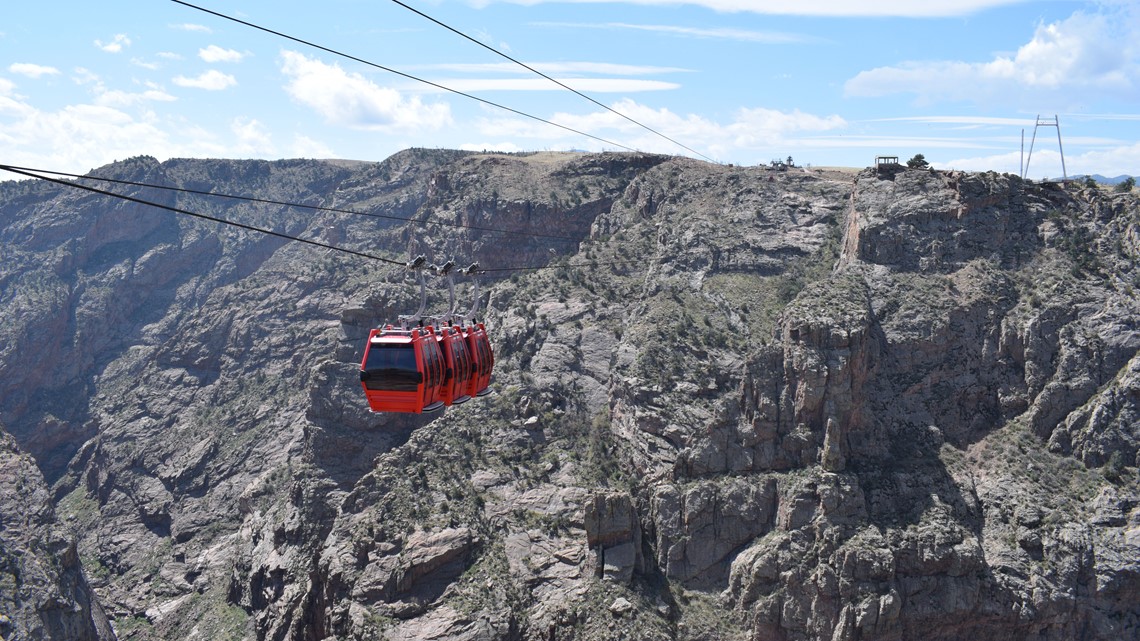
A day in town
Unsurprisingly, much of Cañon City’s economy today is based on tourism.
While the vast majority of this comes from the Royal Gorge Bridge and Park, which is owned the city, and the Royal Gorge Route Railroad, there are a few other attractions that bring in visitors or are worth checking out if you’re already in the area.
One of these is the Museum of Colorado Prisons. The museum is housed in the building that was once the Women’s Prison building, built in 1935. It was turned over to the city in 1968 and opened as a museum on June 18, 1988.

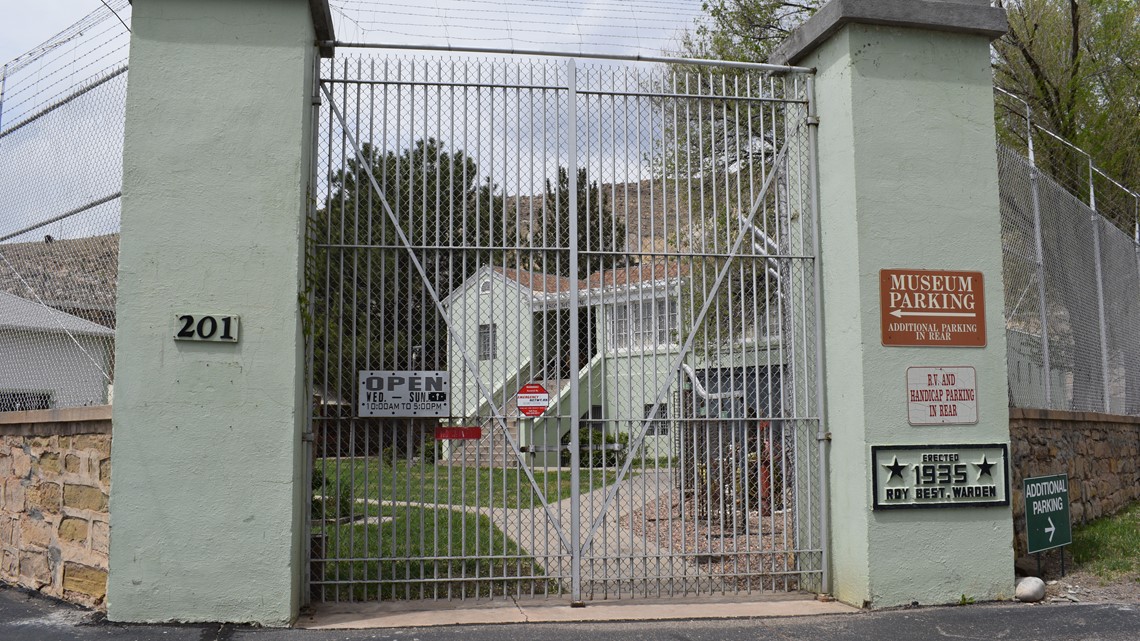
Through restoration of the original house as well as collection of artifacts from the last 140 years, the museum takes visitors through prison life in Colorado from 1871 to the present. Just be aware, the museum shares a wall with a very real, very active correctional facility, so please do not confuse the two.
Another unique spot in Cañon City is Skyline Drive. The one-way road was first opened in 1931 and follows the top of a very narrow hogback ridge that overlooks the town.

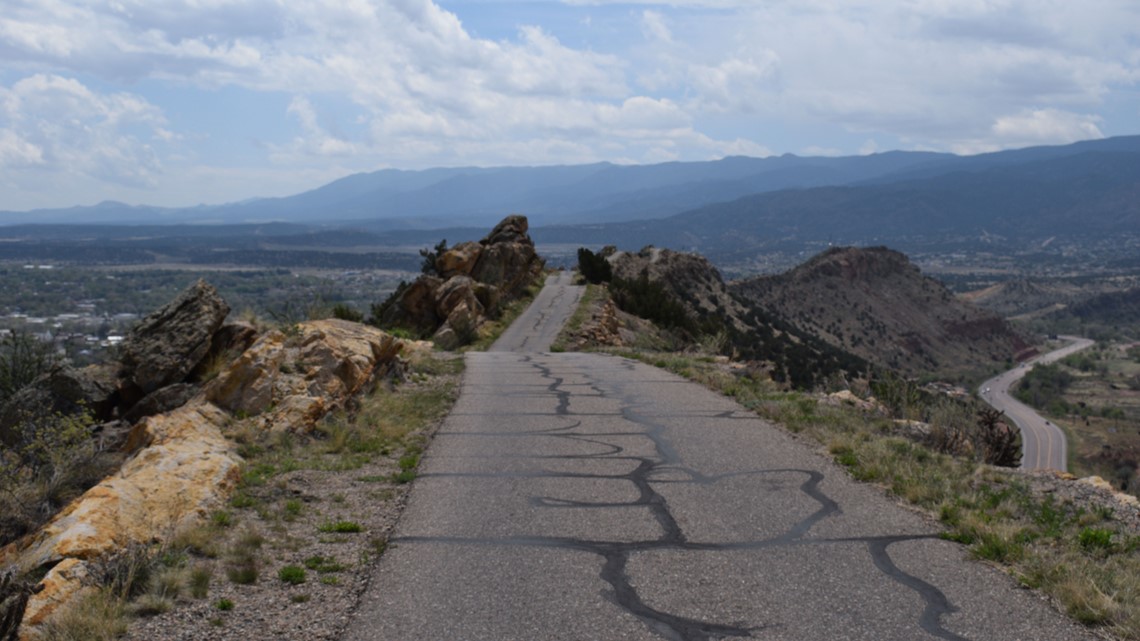
There are drop-offs on both sides, giving you a breathtaking – if somewhat unnerving – view of the landscape. Pullouts allow you to stop and enjoy the view, and there are a few hiking trails near the top. Dinosaur tracks are even embedded in the cliff face at one point along the drive – just look for the interpretive signs on your left.
For the past 80 years, the summer season has begun with the Cañon City Music & Blossom Festival, held the first full weekend in May each year.
On Saturday, May 5, runners can participate in a half-marathon, 5k, or kids’ fun run along the Arkansas Riverwalk in the city. Then the Blossom Parade will take over the streets of Cañon City starting at 1 p.m. The 2018 event also includes bird watching, a Blossom Pageant, a craft fair and kid’s zone, carnival rides, a rodeo and more throughout the weekend.
Learn more about the festival here: https://bit.ly/2rlQXNN.


